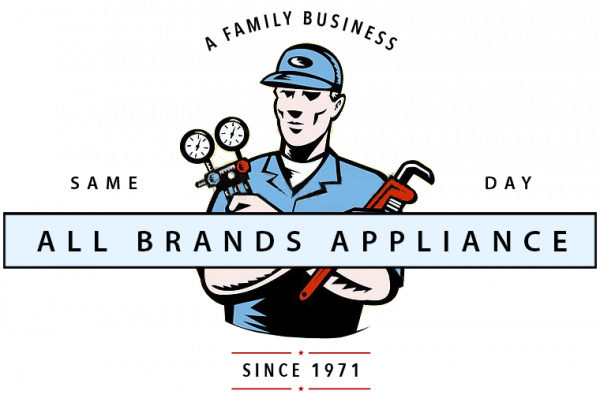We’ve all been there: You’re doing your usual kitchen cleaning routine when you suddenly notice some specks of crud on your stove’s front burner. Then, as you inspect the stove more closely, you realize there’s caked-on debris and grime everywhere. You’re shocked. How did you not notice this before?!
Don’t beat yourself up! It’s easy for gunk to hide away in the coils of your electric stove’s burners. This happens all the time to even the most fastidious cleaners.
But now that you’ve discovered your dirty stove coils, you need to clean them—fast. Here’s how to do it!
Things You Need
- Dish soap
- Baking soda
- Water
- Dish rag or scrubbing brush
- Your muscles!
What to Do
- Before you begin, make sure the burners aren’t hot!
- Remove the burners by tilting them up and gently pulling them out.
- Apply a dab of dish soap and a splash of water to your rag or brush. Carefully wash the burner coils and rinse them without submerging them in water or getting any part of the electrical connection wet.
- Now, for the caked-on crud: Combine baking soda and water to form a thick paste. Apply this paste to the crud and let it sit for 20 minutes. Scrub with your rag or brush and rinse.
- Towel off your sparkling-clean burners and then let them air dry. Make sure they are completely dry before putting them back on your stove.
And there you have it! With these simple steps, you’ll have clean, gunk-free electric stove burners in no time. Good luck!






